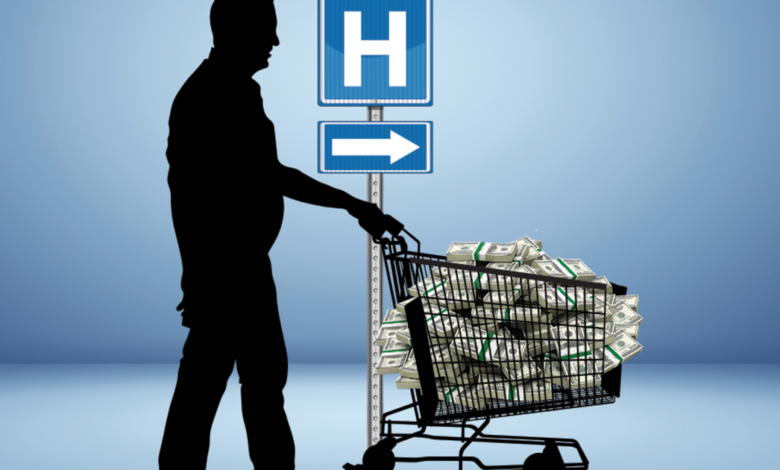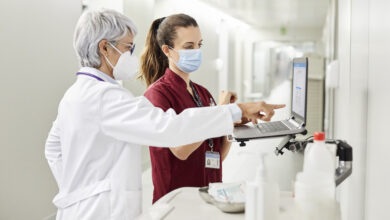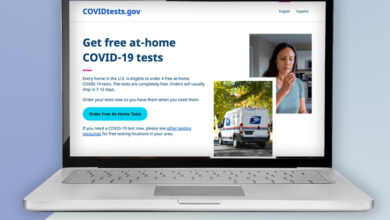Kaufman Hall: Cash reserves still recovering from 2022 declines

The University of Pittsburgh Medical Center reported 118 days of cash on hand in its second-quarter earnings, compared with 112 days in the year-ago period. Since December, UPMC’s unrestricted cash and investments, which includes cash on hand, increased by $300 million to $2.36 billion—a trend the nonprofit system primarily attributed to better investment returns.
At AdventHealth, there were 191 days of cash on hand in the second quarter, an 8% improvement from 177 days in the second quarter of 2022. The Altamonte Springs, Florida-based nonprofit system credits the increase to financial results that were back in the black for the first half of 2023, aided by investment returns and efforts to streamline its portfolio.
The health system is optimistic about continued improvement in its operating margins and committed to rebuilding cash reserves, Chief Financial Officer Paul Rathbun said in a statement.
Not all health systems are seeing a rebound in cash on hand, and the gap between the highest-performing systems and the lower-performing ones is widening.
“Ultimately, it’s going to depend on the entity,” said Rita Strauss, assistant vice president at Moody’s Investors Service, a credit ratings agency. “Obviously, 2023 continues to be a challenging time in terms of operations, so for those that continue to see losses, the liquidity … might come down a bit more compared to those that maybe are doing a bit better.”
Cash on hand at Ohio-based nonprofit system Cleveland Clinic, for example, fell to 318 days in the second quarter, compared with 365 days a year earlier. Chief Financial Officer Dennis Laraway was not made available for an interview.
At Universal Health Services in King of Prussia, Pennsylvania, cash on hand dropped 40% year-over-year to $79 million in the second quarter, enough to cover two or three days of operations, said Steve Filton, president and chief financial officer.
Filton said the main source of liquidity at the for-profit system is not cash on hand, but a roughly $1 billion line of credit it sought to preserve during the COVID-19 pandemic by suspending share repurchases and reducing capital spending.
“Historically, we keep minimal cash on hand and use any excess cash to pay down debt,” Filton said. “All I would say is that we have plenty of liquidity and borrowing capacity and are not concerned that will change anytime soon.”
Cash reserves likely will continue to largely depend on how the investment markets perform, Strauss said. With ongoing economic challenges that limit margin growth, it may be difficult for hospitals and health systems to return excess cash to their coffers, she said.
Healthcare organizations are reassessing capital spending, including facilities and the services they provide, and the impact on available cash. Swanson said tactics such as funneling money into more cost-efficient projects, managing expenses and renegotiating payer rates all play a role in replenishing cash reserves.




